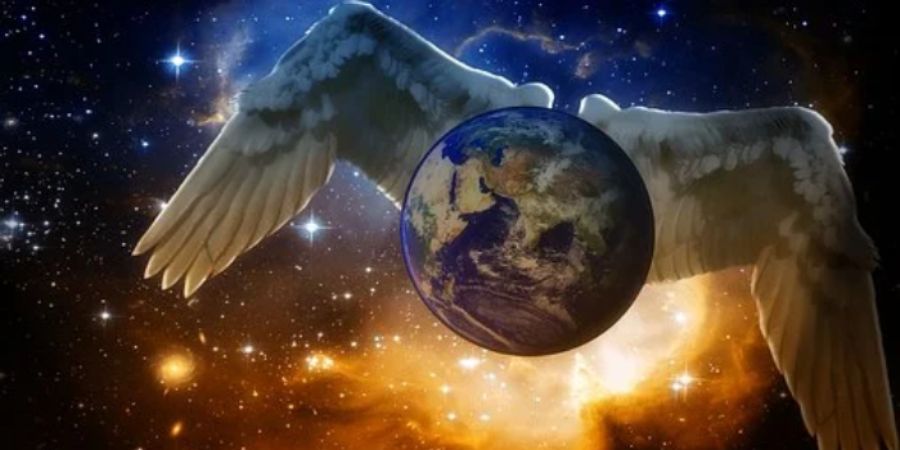

From the tiniest particles to the greatest galaxies, space, time, and life itself. But how did it start? Everything originates from the universe.
Many scientific theories and creation myths have attempted to explain its mysterious genesis. The Big Bang Theory is the most frequently accepted explanation.
The Big Bang hypothesis says the cosmos originated as a hot, dense point. It was like a supercharged black hole, only millimeters wide.
This small singularity detonated 13.7 billion years ago. And from this boom came matter, energy, space, and time. The universe then evolved through two important stages.
The radiation and matter eras are marked by major cosmic events. The radiation age began immediately after the Big Bang, named for its dominance.
During the first tens of thousands of years of the cosmos, smaller stages called epochs occurred. The Planck epoch.
The super force was the ancestor of the four forces of nature. Towards the end of this stage, gravity broke from the super force. So-called because it brought together the last three united powers of nature.
Powerful, or strong nuclear, force broke out from the period. Then came the inflationary epoch, when the cosmos grew fast. It grew from an atom to a grapefruit in seconds.
The universe was rife with electrons, quarks, and other particles at the time. That was when electromagnetic and weak forces split off into their own epoch.
During the quark period, all of the elements for subatomic particles were present, but the cosmos were too hot and dense to form them. It was during the hadron period when quarks could link together and form protons and neutrons.
Protons and neutrons changed dramatically in the lepton and nuclear epics, the radiation era's latter stages. They merged to form nuclei. They also formed the universe's first chemical element, helium.
The universe's unprecedented ability to create elements ushered in the matter era. The matter period is defined by the abundance and domination of matter in the cosmos.
It has three billion-year epochs. The great majority of the universe's life span, up to now. The atomic epoch. Here, the universe's temperature cooled enough for electrons to form their first bonds.
This process helped generate the second element in the cosmos, hydrogen. Atomic clouds of hydrogen and helium studded the universe.
Small pockets of gas within the clouds may have caused atoms to the cluster. During the cosmic period, these atom clusters became the seeds of galaxies. Stars began to form within those galaxies.
So they queued the star epoch, the universe's present stage of growth. Star creation had a huge ripple effect and helped shape the universe.
The heat from the stars made helium and hydrogen into practically every element in the cosmos. Then came planets, moons, life, and everything we see today.
The numerous stages in the universe's creation made this ecology feasible. While many uncertainties regarding our universe's origins remain, some long-awaited solutions may soon surface.






